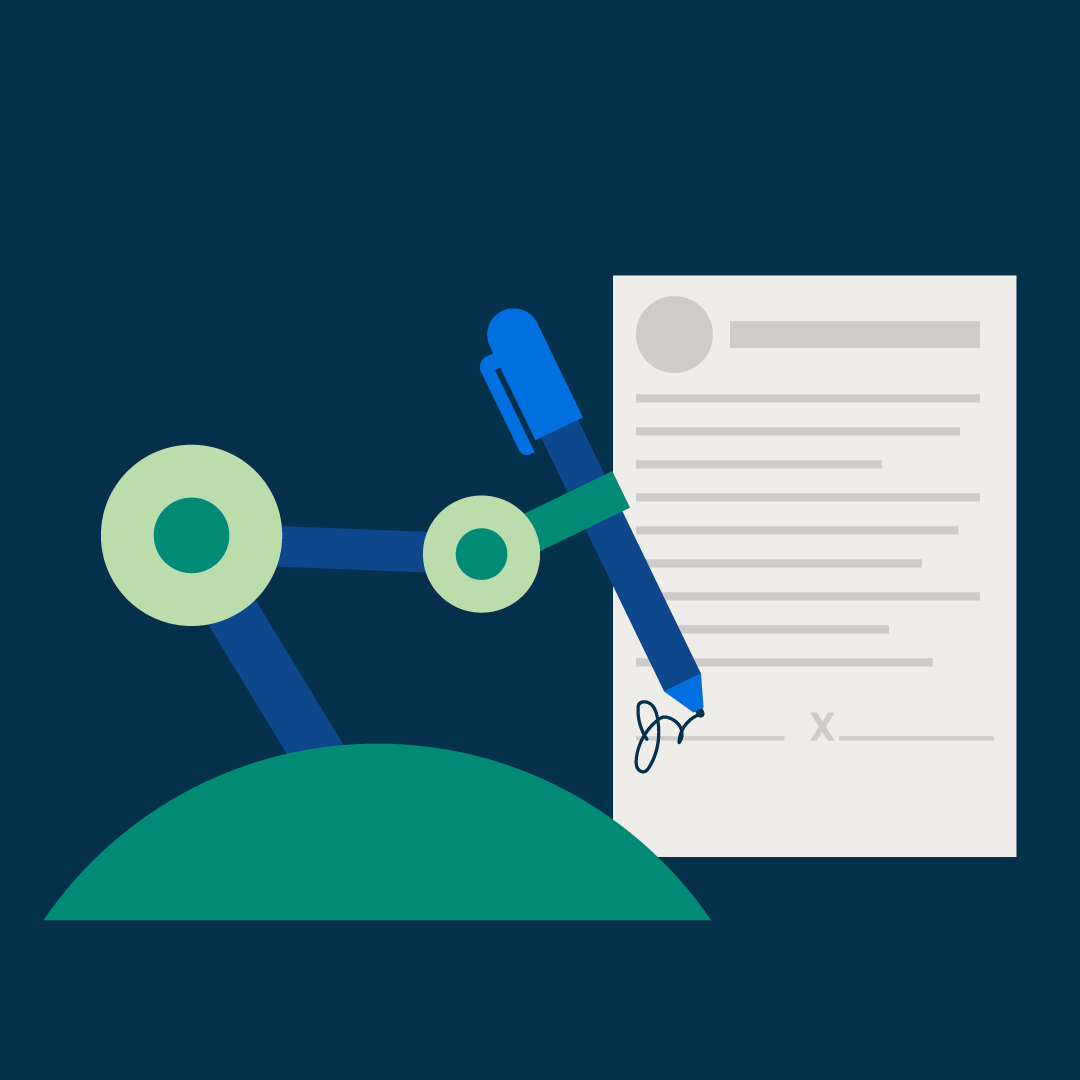Personal harm practices run on accuracy, speed, and trust. Cases stack up. Evidence changes hands. Deadlines strategy fast. The Ai demand letters can support you cut through the noise, lower administrative pull, and target about what wins cases: technique and advocacy. In that information, you'll learn precisely how to apply AI across absorption, research, creating, discovery, and customer service—so you can provide greater outcomes with less bottlenecks.

Construct a high-converting intake direction
Consumption is wherever you collection the tone. AI-powered types and triage programs can report leads centered on injury type, location, and possible price, then option qualified matters to your team. For firms that receive large contact volume, speech-to-text engineering transforms noted calls into searchable transcripts within minutes. That makes it easy to verify details, flag red flags, and produce a apparent event summary before the first consult.
Tip: Develop standardized consumption prompts—time, liability details, medical treatment currently, insurance info. Prepare your AI associate with this format so every transcript becomes a structured intake report automatically.
Accelerate evidence variety and situation building
Time kills price in PI. Use computer vision to analyze photographs of crash views or defective products for influence aspects, skid marks, or lacking safety features. Combine that with OCR to extract data from police reports, medical documents, and invoices. With all documents digitized, AI can floor inconsistencies between watch statements and documents, helping you spot causation gaps early.
Example: Following posting ER documents and imaging studies, set principles to banner terms like prior damage, degenerative, or non-compliant with therapy. Early alerts guide your strategy and client coaching.
Draft tougher need deals in less time
Well-structured requirements pay dividends. Use AI to put together a chronology from documents, assess specials, and insert jurisdiction-specific citations from your short bank. You may then tailor infuriating factors—pain levels, missed perform, future care—using client-specific knowledge rather than generic narratives.
Suggestion: Construct a checklist for your assistant to validate every connection: billing ledger, CPT rules, evidence of missing wages, photos, therapy plan. Uniformity boosts reliability with adjusters.
Acquire finding and deposition prep
Finding swallows time. Let AI bunch documents by theme—responsibility, problems, coverage— and auto-summarize extended manufacturing sets. For depositions, make issue traces connected to documents, with page–range citations pulled from transcripts. You stay in control, while the system grips the major lifting.
Example: Supply the system previous depo transcripts and ask for impeachment options tagged to exhibits. You'll enter the space with targeted lines of wondering ready.
Monitor deadlines and compliance confidently
Overlooked deadlines are malpractice risk. Schedule automation driven by concept sets can estimate response days, SOLs, and specialist disclosure cutoffs based on filing events. Pair that with alert tiers—mail at 14 days, SMS at 3 times, app notification day-of—to make certain nothing slips.
Idea: Run a weekly chance record that lists issues with imperfect files, unsigned authorizations, or late provider requests. Shut gaps before they become delays.
Elevate customer communication and satisfaction
Customers need clarity. AI-driven message can change legitimate upgrades in to basic language and multilingual summaries. Message evaluation helps you detect frustration early and step in with a personal call. Automatic check-ins after key milestones— MRI planned, demand delivered, mediation set—lower inbound position calls and build trust.
Example: Following giving a need, schedule a client-facing overview describing timelines, possible next steps, and normal negotiation patterns. Visibility decreases nervousness and improves reviews.
Track efficiency to remain forward
Knowledge converts guesses into strategy. Use AI dashboards to see cycle time from intake to need, average present vs. settlement by company, and write-down costs by provider. Spot which venues settle quicker, which adjusters undervalue certain states, and where bottlenecks occur.
Idea: Set quarterly benchmarks—days to records, time to need, settlement-to-offer ratios— and allow your system alert you when metrics drift.

Streamlining a PI training isn't about exchanging lawyers; it's about removing friction from everything about the lawyering. Start by automating one workflow—absorption summaries or need assembly—then develop to discovery and communications. The compounding effect is true: quicker files, solution cases, and more time and energy to advocate. If you're prepared to update your training, map one method nowadays and connect in the AI support to create it effortless.
